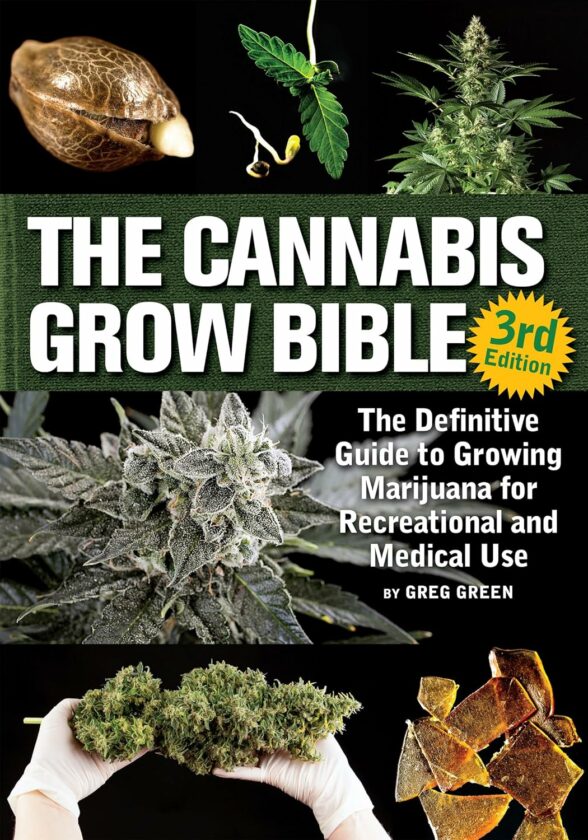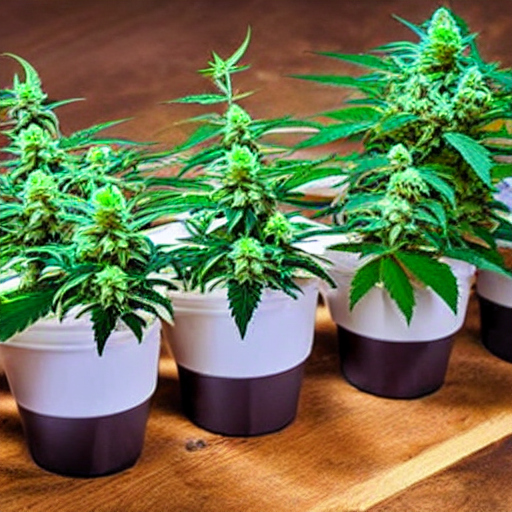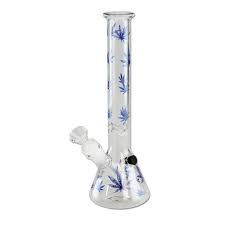
Weed hookah is one among the various ways in which most enthusiasts never tried their hand.
What is a hookah?
A hookah also referred to as a qalyân, may be a tool for smoking and vaporizing dry tobacco and or cannabis. Hookah designs range from a single stem to multi-stem, and a few include a water basin that cleanses the smoke before inhaling. Hookahs are often made from glass or a mixture of wood or metal. Moreover, it usually features quite one mouthpiece, which is what makes them so popular among social smokers.
What is a hookah pen?
A weed hookah pen may be a tool that imitates the e-cigarette, employing a coil to heat the cannabis until it combusts. They work on an equivalent principle of a daily hookah but are typically designed for less than one user at a time. This compact option is becoming popular thanks to the extent of discretion it offers over more traditional versions.
How to smoke weed out of a hookah?
If you thought the method of the way to put weed during a hookah was easy, then you’re getting to love the remainder of the method, as smoking cannabis out of a hookah is simply as easy as using one with the other combustible. To do so, simply follow the step by step instructions above on the way to use a hookah, only rather than shisha or tobacco, add dry cannabis and continue as was common.
Cost of inhaling the smoke
Tobacco is filled with carcinogens that are linked to causing cancer and respiratory issues, but smoke from cannabis is slightly different consistent with research. Much of which has shown that it’s possible to experience minor lung irritation or exacerbation of preexisting respiratory issues, but the consequences are short term and can get away when the consumer stops smoking.
So, while many consumers love the occasional hookah session with tobacco or shisha, it’s not something that’s recommended for anyone who is already experiencing respiratory issues or that features a diagnosis of a condition associated with breathing problems.
How weed hookah distributes THC into the body
Whenever cannabis is inhaled through a hookah, the cannabinoids, including THC and CBD enter the lungs alongside an outsized cloud. Once there, they’re soon absorbed by tiny gas pockets that line the lungs, which supply an immediate entry point into the bloodstream. As soon as THC hit the bloodstream the consequences will kick in because the cannabinoids make their way throughout your entire body.
Effects of weed hookah
A weed hookah experience is one which will take you on an extended journey of total relaxation or lightly soothing, and therefore the results are up to you. Smoking weed through a hookah will provide similar effects to other ways of smoking, and therefore the euphoric sensations can last for anywhere from 2 to six hours after a session. The more you smoke, the higher you’ll feel, but since hookahs don’t work well with marijuana concentrates, the potency is comparatively tame and suitable for both beginner and experienced consumers.
Health benefits of weed hookah
There is little or no research project into the health benefits of employing a weed hookah, which is because any smoke inhalation is frowned upon by Health Canada and other governing agencies that help to line standards for safety. However, smoking from a hookah at lower temperatures can provide an identical experience to vaping, which is why this method is usually viewed to be healthier than smoking.
Drawbacks
The problem with hookahs is that they aren’t a typical smoking tool, so finding one that works well, and locating a source for parts, as they’re going to get replaced, isn’t always a simple feat. While the experience itself, in many consumers’ opinions, is well worthwhile, hookahs aren’t available in nearly as many places as other cannabis smoking gear like bongs or pipes.
Bottom Line
Smoking weed through a hookah is usually compared to vaping because the lower temperatures heat the cannabinoids enough to show them into a low-density cloud of smoke, but it’s not an equivalent as vaping. Vaping requires precision and complete control over temperature to avoid combustion altogether, which reduces the extent of carcinogens and toxins that are inhaled by the buyer.



